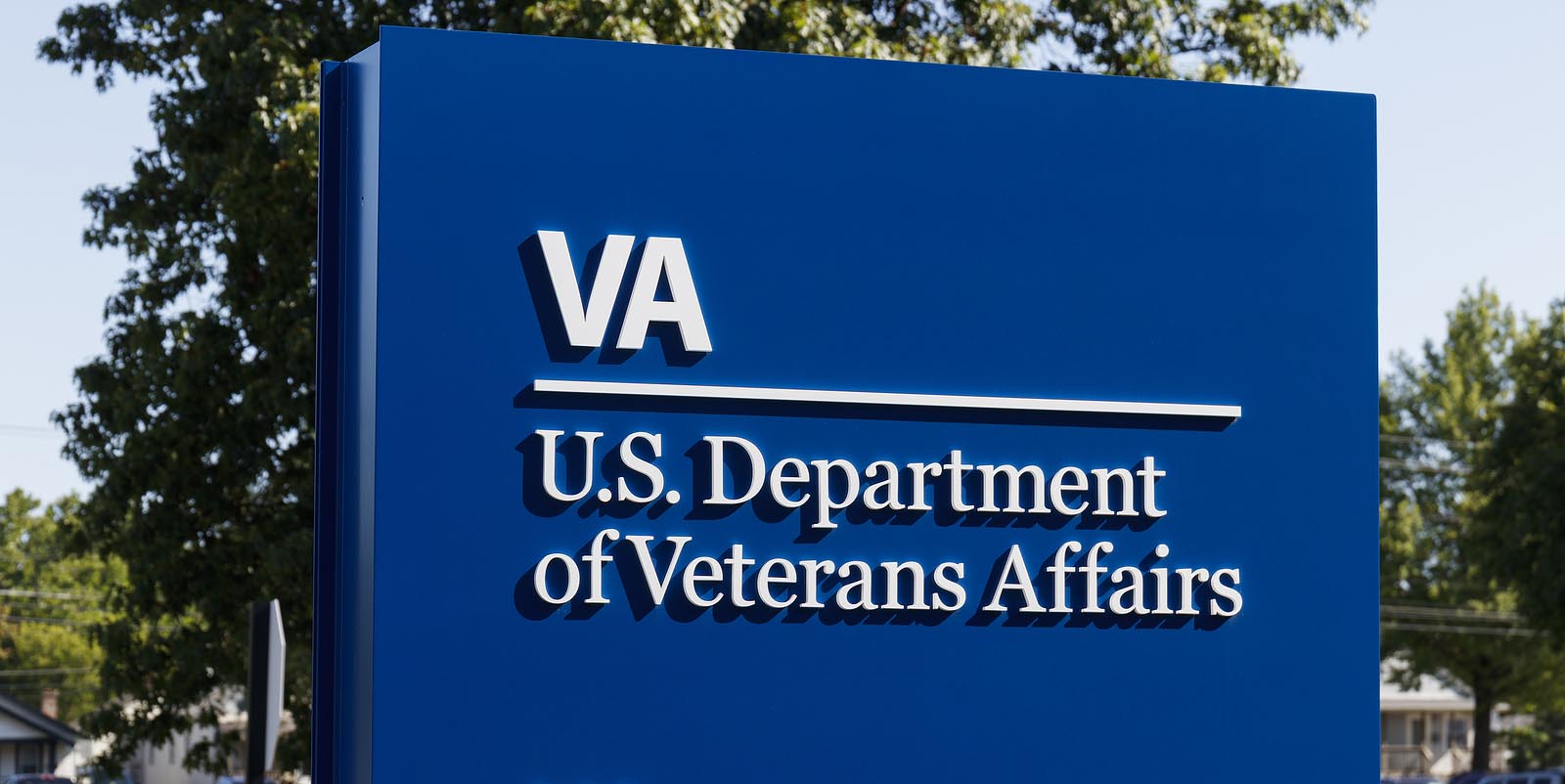WASHINGTON, DC (September 17, 2020)—To address the documented problem of one in four women veterans facing harassment when seeking care at the Veterans Health Administration (VA), VA developed a training to educate providers about harassment and how they can intervene to stop it. Early results suggest the training is acceptable and effective, reports a study selected as the Editor’s Choice for the September/October issue of Women’s Health Issues.
Women’s Health Issues is the official journal of the Jacobs Institute of Women’s Health, which is based in the Department of Health Policy and Management at Milken Institute School of Public Health (Milken Institute SPH) at the George Washington University.
Harassment at VA typically involves women veterans facing unwanted sexual attention, hostile or degrading comments, or unwelcome questioning of their status as veterans from men who are seeking VA services. After researching the problem and potential solutions, VA launched staff trainings to raise awareness about harassment and teach bystander intervention strategies. Mark R. Relyea, PhD, of the VA Connecticut Healthcare System and Yale School of Medicine, and colleagues evaluated the training with data from the first year of implementation at one state's VA health care system.
The optional single-session trainings lasted 45 to 60 minutes and involved instruction as well as group discussions of scenarios; participants completed surveys before and after attending the sessions. Using data from 180 participants, Relyea and his colleagues examined the acceptability of the training as well as changes in four attitudinal outcomes: awareness of harassment, barriers to intervening, self-efficacy for intervening, and intentions to intervene. They found that the majority considered the trainings acceptable, and after the trainings participants reported significantly decreased barriers to intervening when witnessing harassment and increased awareness, self-efficacy, and intention to intervene.
“Notably, staff stated that some of the most useful parts of the training involved group discussions where staff could hear from others, problem-solve strategies for response, and push their comfort zone within supportive and nonthreatening environments,” the authors report. They call for additional research, including randomized trials or quasi-experimental studies to examine whether trainings can affect bystander behaviors and decrease harassment, and they recommend that “institutions considering electronic trainings as a low-cost alternative to in-person trainings should evaluate the efficacy of such trainings before dissemination.”
“In addition to identifying problems and developing interventions, institutions must evaluate their interventions to make sure they are addressing the problems,” said Amita Vyas, Editor-in-Chief of Women's Health Issues and associate professor of prevention and community health at Milken Institute SPH. “This study is an important step toward ensuring that women veterans can receive health care in welcoming environments.”
“Evaluating Bystander Intervention Training to Address Patient Harassment at the Veterans Health Administration” has been published in the September/October issue of Women’s Health Issues.


